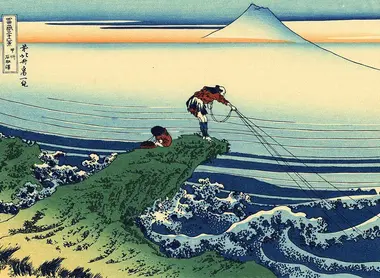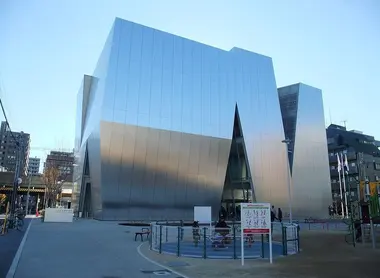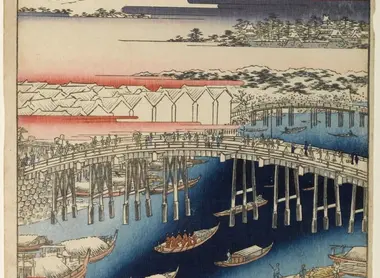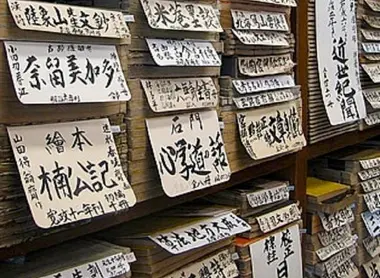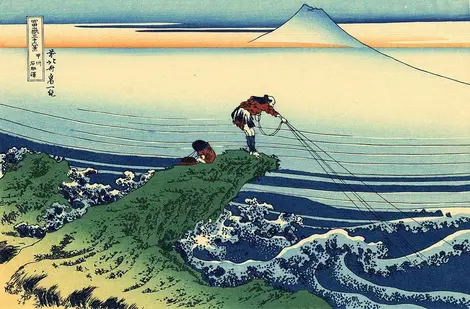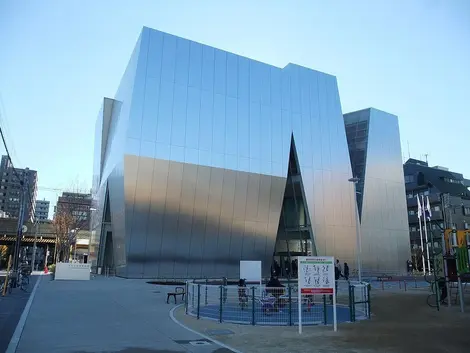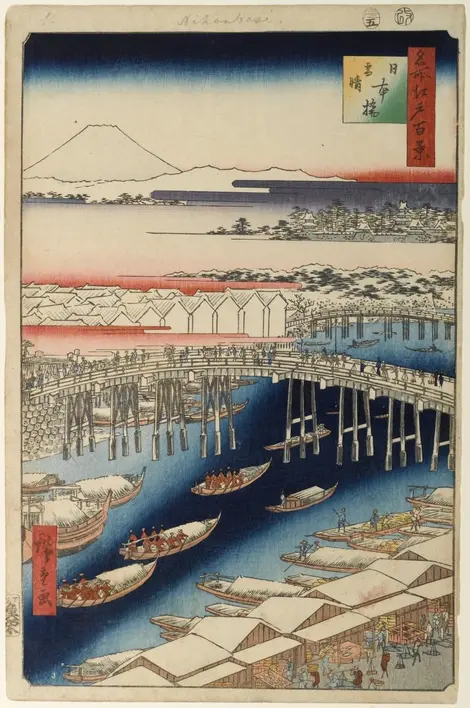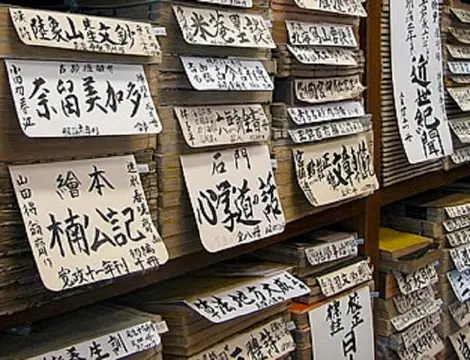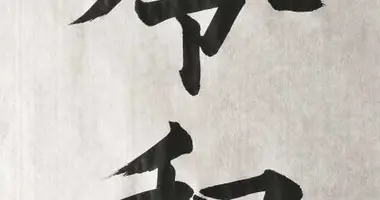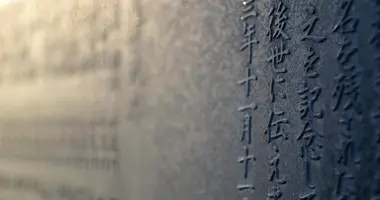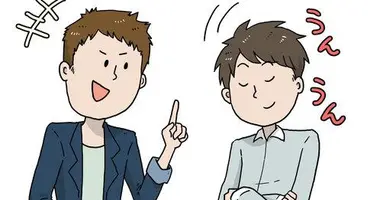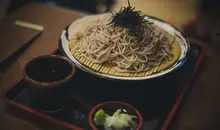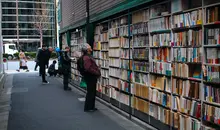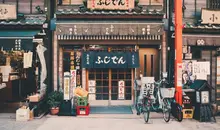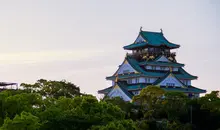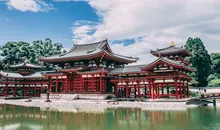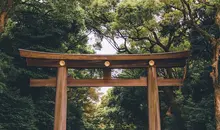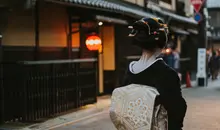Ukiyo-e: glossary and useful addresses 浮世絵 語彙と有用な住所
Avis aux amateurs et collectionneurs
Que diriez-vous de ramener une estampe japonaise en souvenirlors de votre séjour dans l’archipel ? Voici notre glossaire pour vousaider à dénicher la perle rare et les adresses des musées et galeriesspécialisés.
Find our selection of terms to know.
General and technical
- Aratame : censor stamp meaning “examined”.
- E : image, painting, print.
- Fude (or hitsu) : means "due to the brush", added to the artist's signature.
- Ga : “designed by”, is placed after the artist's signature.
- Go: painter's pseudonym.
- Hanmoto : editor.
- Karazuri : paper embossing technique.
- Kirazuri : addition of mica powder on the prints for a shiny effect.
- Kiwame : censor's stamp used from 1790 to 1842 meaning "approved".
- Nikishi-e : polychrome print called “debrocade print”.
- Sumizuri-e : print in black ink obtained in a single pass.
- Ukiyo-e : artistic movement of the Edo period, symbolized by the representation of the ephemeral, of "floating world".
- Urushi-e : Lacquered image.
Types of prints
- Bijin-ga : print representing "beautiful people", more precisely beautiful young women.
- E-goyomi : calendar in the form of a print.
- Fūkei-ga : landscape print.
- Kacho-e or kacho-ga : print of flowers and birds.
- Meisho-e : print illustrating a famous place.
- Mitate-e : print parodying a famous legend or a historical episode in a contemporary scene.
- Musha-e : print representing warriors, images of war.
- Okubi-e : bust portrait, close-up.
- Shini-e : print commemorating a deceased actor or artist.
- Shunga : literally "spring scenes". This term refers to an erotic print.
- Surimono : very refined print, reserved for commemorations or any other exceptional event and produced on the initiative of clubs or private orders.
- Uchiwa-eban : print on which the contours of a fan form a frame in the image.
- Yakusha-e : portraits of kabuki actors.
Sizes
- Ehon : book, illustrated album.
- Hashira-e : very narrow vertical print intended to be hung on the pillar of a house.
- Kakemono : scroll clinging to the wall.
- Oban : the most used vertical format measuring 37 to 38 x 25.5 cm.
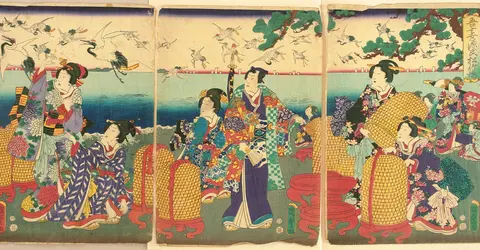
Prince Genji under the flight of cranes. Print by Kunisada (1864)
https://ukiyo-e.org
Useful addresses: museums, galleries, bookstores
Ota Museum (Tokyo)
1-10-10, Jingumae, Shibuya-ku, Tokyo
Telephone: +81 (0)33 403 0880
http://www.ukiyoe-ota-muse.jp/
Sumida Hokusai Museum (Tokyo)
2-7-2 Kamezawa, Sumida-ku, Tokyo 130-0014
Telephone: +81 (0)366 588 931
http://hokusai-museum.jp/
Japan Ukiyo-e Museum (Matsumoto)
2206-1 Koshiba, Shimadach, Matsumoto, Nagano Prefecture
Telephone: +81 (0)263 474 440
http://www.japan-ukiyoe-museum.com
Fujisawa Ukiyo-e Museum (Fujisawa) 2 Chome-2-2 Tsujidōkandai, Fujisawa-shi, Kanagawa-ken 251-0041
Telephone: +81 (0)466 330 111
http://fujisawa-ukiyoekan.net/en/index.html
Nakagawa-machi Bato Hiroshige Museum (Nakagawa)
116-9 Bato, Nakagawa-machi, Nasu-gun, Tochigi 324-0613
Telephone: +81 (0)287 921 199
http://www.hiroshige.bato.tochigi.jp/
Hiroshige Museum (Tendo)
1 Chome−2−1, Kamatahoncho, Tendo, Yamagata 994-0025
Telephone: +81 (0)236 546 555
http://www.hiroshige-tendo.jp/index.html
Hiroshige Museum of Art (Ena)
176-1 Oichō, Ena-shi, Gifu-ken 509-7201
Telephone: +81 (0)573 200 522
https://hiroshige-ena.jp/
Tokaido Hiroshige Museum (Shizuoka)
297-1 Yui, Shimizu-ku, Shizuoka 421-3103, Shizuoka
Telephone: +81 (0)543 754 454
http://tokaido-hiroshige.jp/
Daishodo Bookstore (Kyoto)
604-8045 Enpukujimae-cho, Nakagyo-ku, Kyoto.
Telephone: +81 (0)752 210 685
https://www.vivrelejapon.com/ville-kyoto/daishodo
Bookstore - Mokuhankan Gallery (Tokyo)
Asakusa 1-41-8, Taito-ku, Tokyo.
Telephone: +81 (0)705 0111 418
https://mokuhankan.com/index.html
Ohya-shobo Bookstore (Tokyo)
1-1 Kanda, Jimbocho, Chiyoda-ku, Tokyo.
Telephone: +81 (0)332 910 062
http://www.ohya-shobo.com/
